

The Federal Convention Opens
In the years immediately following the successful conclusion of its war for independence, the United States struggled to survive under the Articles of Confederation. The nation’s leaders knew something had to be done to fix its many issues for this great experiment in democracy to continue.
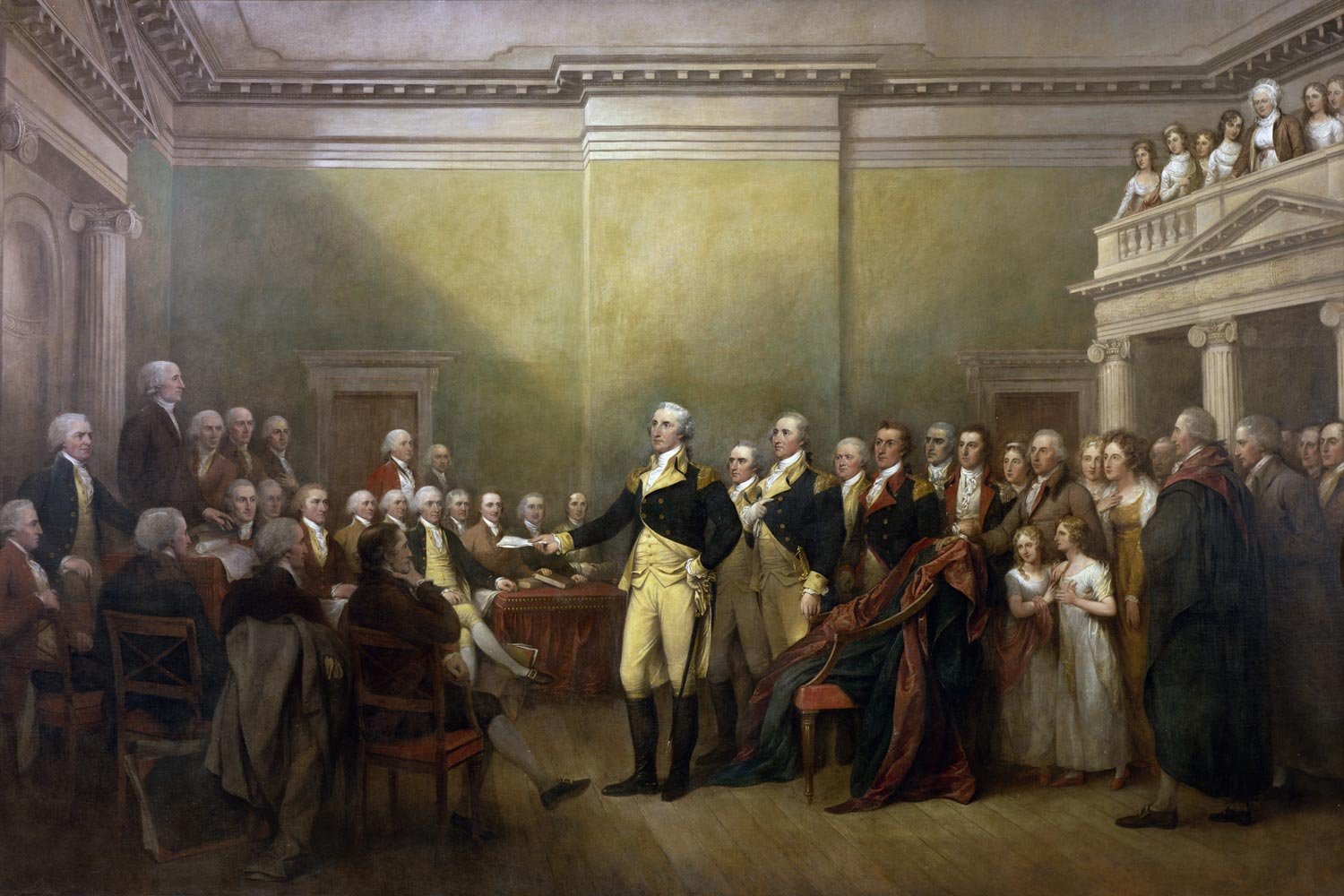
General George Washington’s Finest Hour
Following the signing of the Treaty of Paris on September 3, 1783, the need to retain the Continental Army was diminished. With Congress financially broke and little reason to think that situation would change given they had no authority to tax, they decided to cut their costs and dissolved the army.
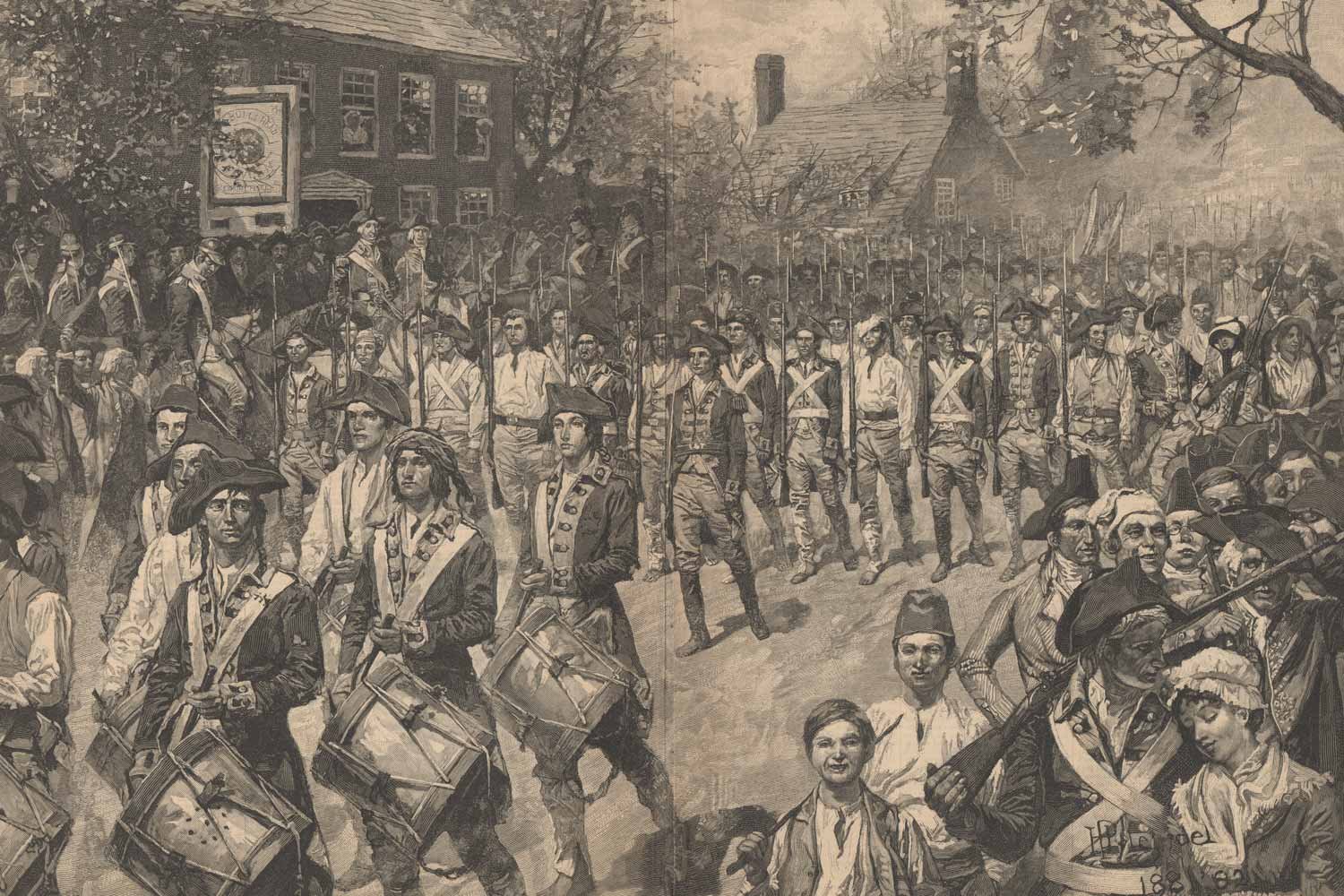
Aftermath of the Newburgh Conspiracy
The Newburgh Conspiracy represents a time when our nation came closest to deviating from our core revolutionary principles of representative government with civilian control of the military. Because of a weak Confederation Congress and unhappiness within the officer ranks of the Continental Army, the stage was set for our new nation to drift into a military dictatorship or monarchy.

The Newburgh Conspiracy: Washington Ends a Crisis
By early 1783, America was close to finalizing its peace agreement with England. However, the Confederation Congress had some issues to resolve with its own discontented Continental Army, as the internal threat of mutiny appeared worse than the external one posed by British forces.

The Newburgh Conspiracy: Dissension in the Ranks
We take civilian control of the military for granted today in America. However, were it not for General George Washington’s actions and words in the so-called Newburgh Conspiracy, things might be quite a bit different.
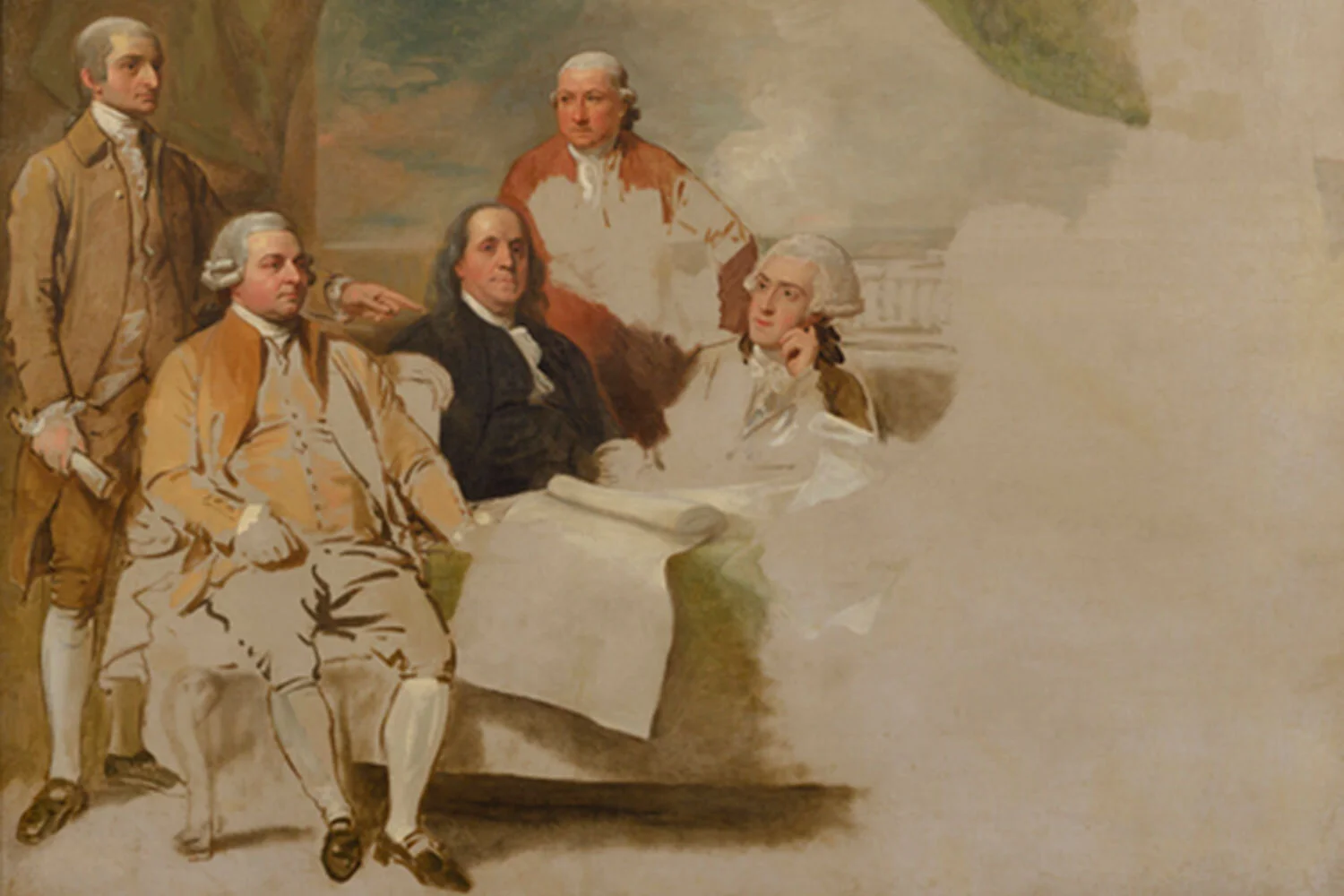
American Revolution Ends with the Treaty of Paris
After Lord Charles Cornwallis surrendered to General George Washington in Yorktown on October 19, 1781, English officials reached the painful conclusion that the war was simply too costly to continue. Not only was the war in North America expensive to prosecute, but it was also a distraction from England’s defense of their more lucrative possessions elsewhere in the world, such as the sugar islands in the Caribbean and trading posts in India.

British Surrender at Yorktown
General George Washington led his Continental Army and the French Army under General Jean-Baptiste de Rochambeau into Virginia in mid-September 1781. The combined force was on its way to Yorktown and its appointment with destiny with the entrapped British command of General Lord Charles Cornwallis.

The Yorktown Campaign
After the Battle of Monmouth Courthouse in June of 1778, the British retreated into the friendly confines of New York City. Following two lengthy campaigns (New York in 1776 and Philadelphia in 1777), England had neither crushed the Continental Army nor roused the local populace to join the British effort.

Closing Scenes of the Penobscot Expedition
As morning broke on August 17, 1779, Vice-Admiral Sir George Collier, the commander of the small British flotilla inside Penobscot Bay, could hardly believe what had transpired over the past three days. Arriving with the expectation of a stiff fight from an American fleet much larger than his own, no battle ever materialized as the American commanders chose self-destruction to facing British guns.
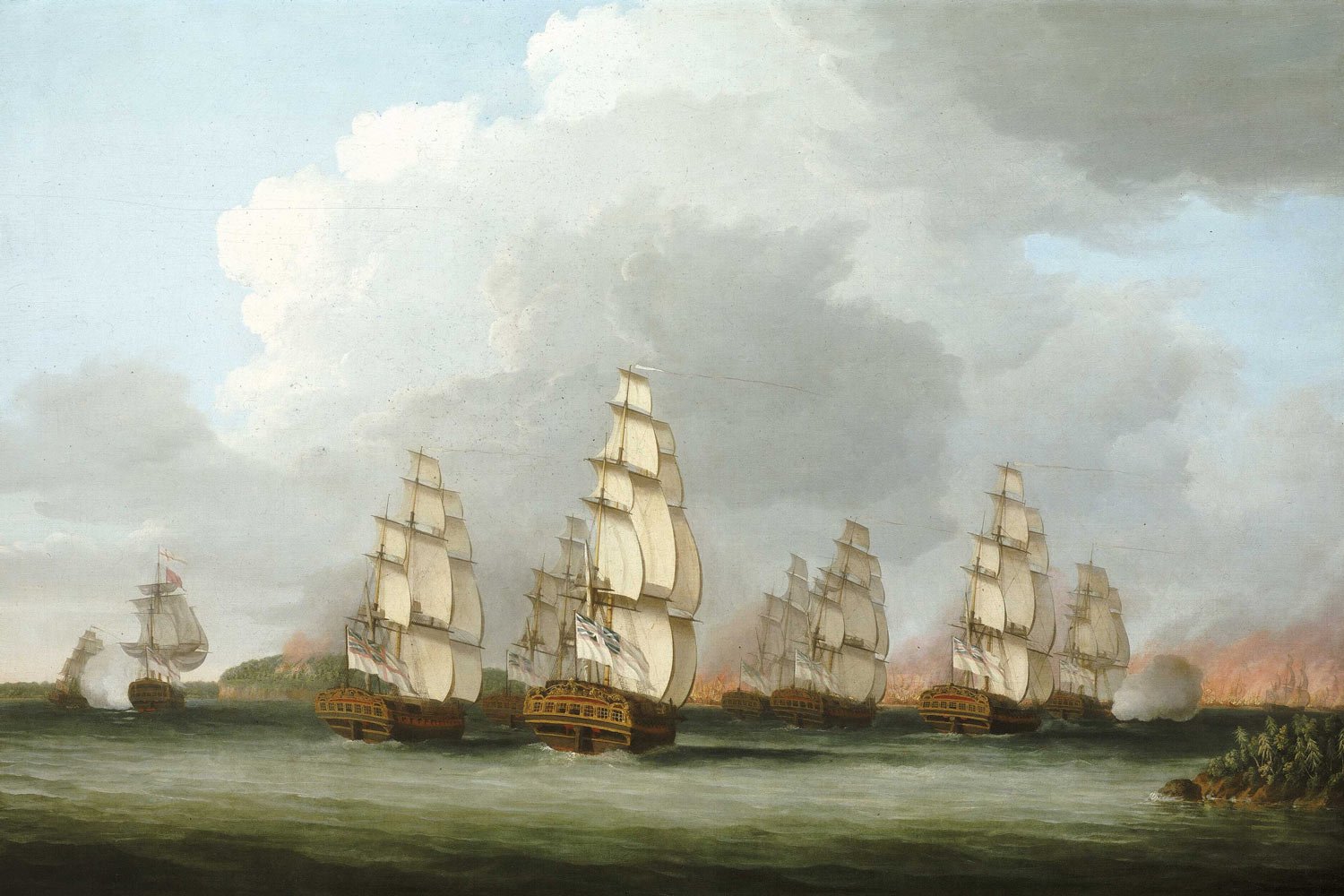
Disaster for Americans at Penobscot Bay
As darkness fell in Penobscot Bay on August 13, 1779, the American soldiers and sailors in Penobscot Bay realized they were trapped by the newly arrived British fleet under Admiral Sir George Collier. With disaster staring them in the face, General Solomon Lovell, commander of the militia, and Commodore Dudley Saltonstall, the navy commander, displayed an energy that had been absent for much of the past three weeks.
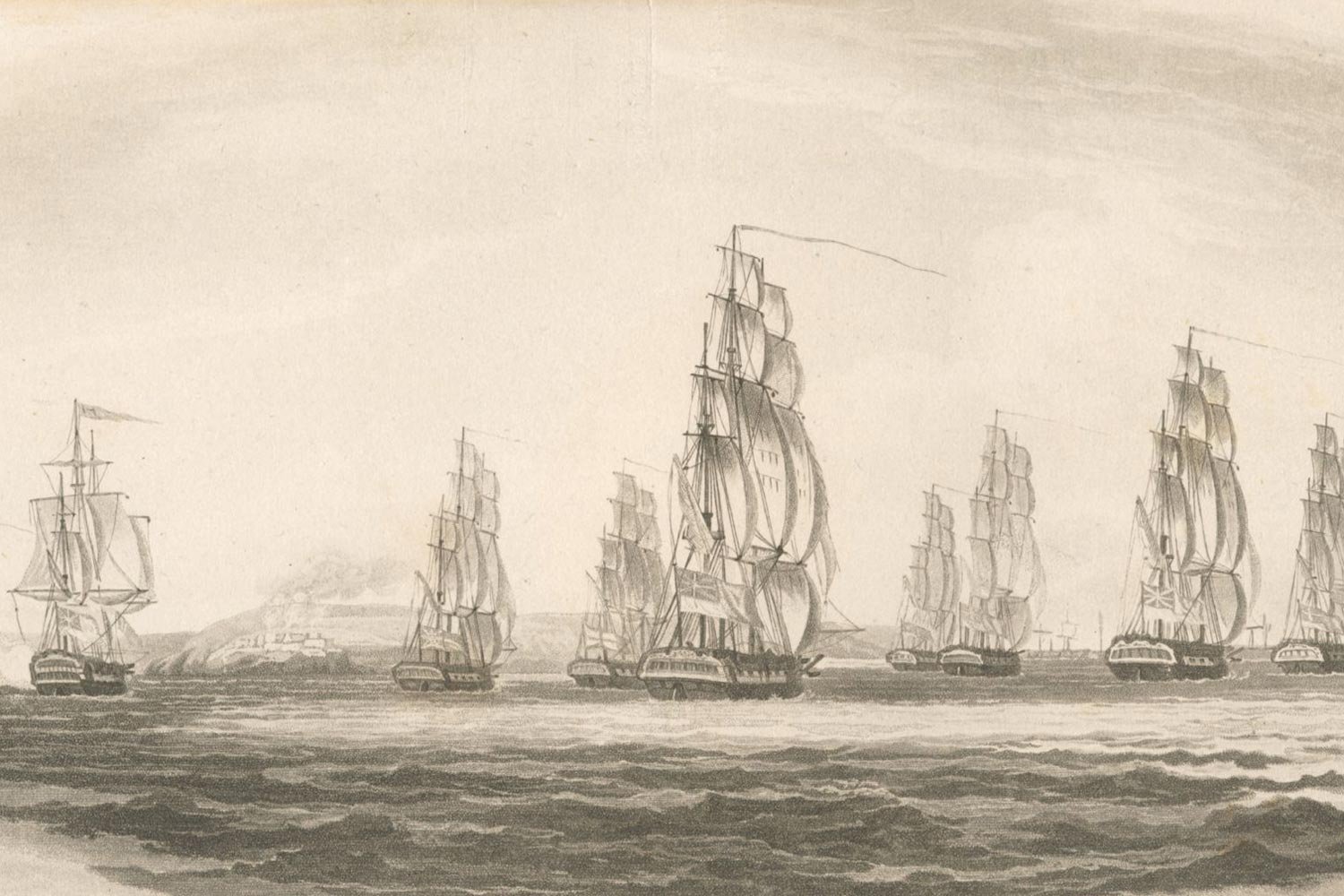
Time Runs Out for Americans at Penobscot Bay
The Penobscot Expedition which started so well with the successful assault up the cliffs at Dyce’s Head to the plateau at the top of the Bagaduce Peninsula on July 28, quickly ran out of steam. Three main impediment was an inter-service squabble between the army commander, General Solomon Lovell, and his naval counterpart, Commodore Dudley Saltonstall. Showing a reluctance to engage the enemy that seemed to border on cowardice, Saltonstall would be an obstacle that Lovell could not overcome.
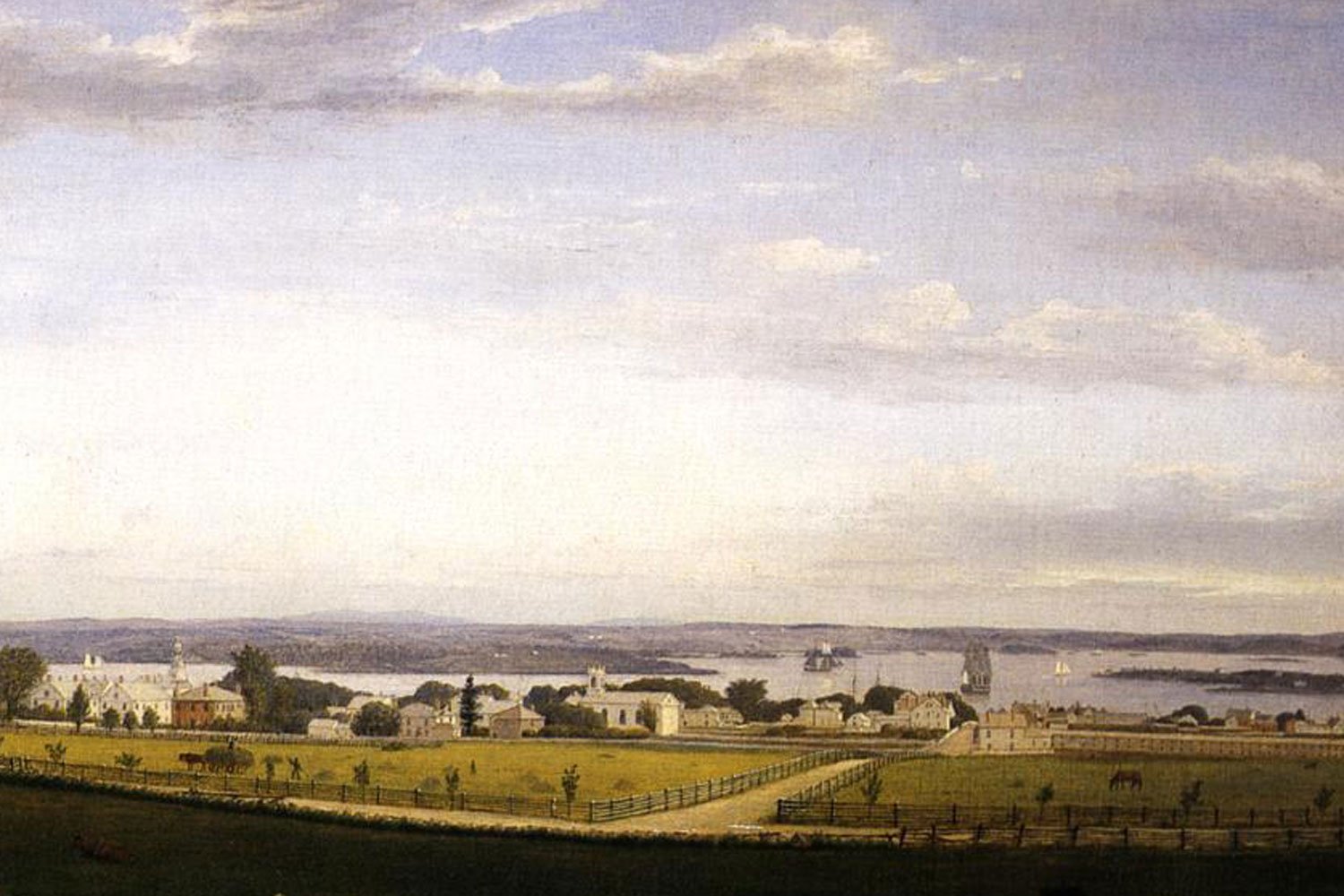
The Penobscot Expedition
In June 1779, with the British establishing a foothold in Penobscot Bay 240 miles northeast of Boston, the Massachusetts General Assembly sprang into action. The men chosen by the Assembly to lead the expedition to oust the Brits was an interesting group, all New Englanders and not a professional soldier among them.




